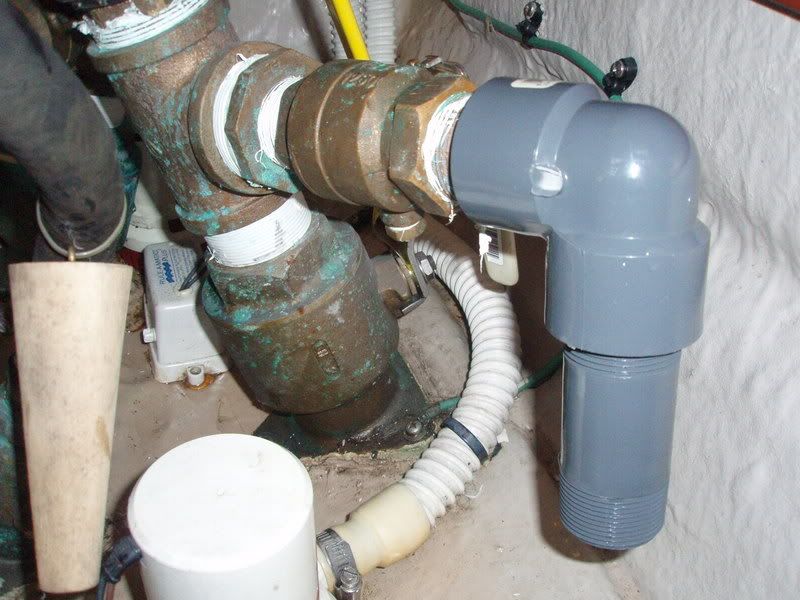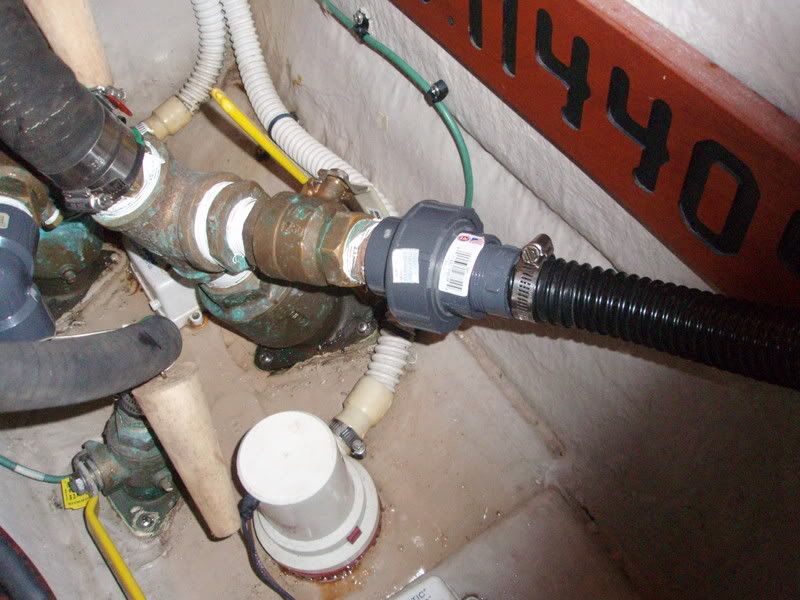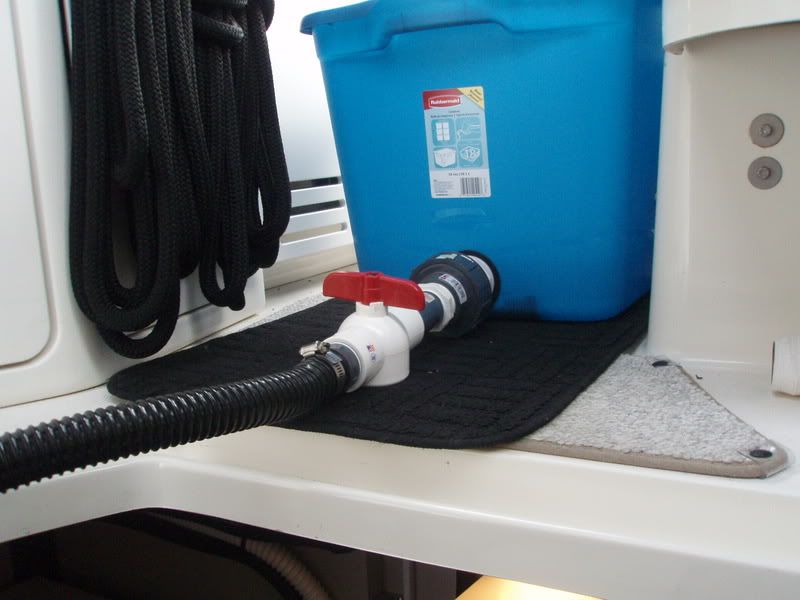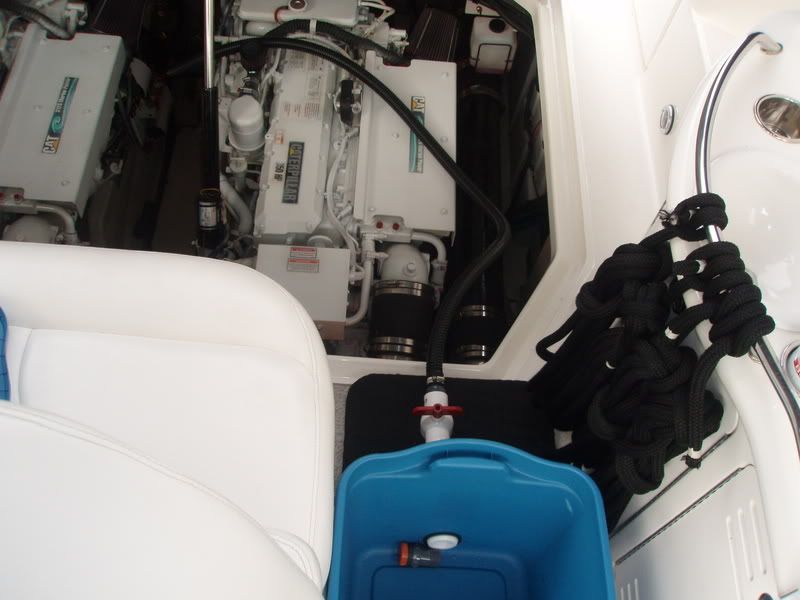Alex F
Well-Known Member
- Nov 14, 2006
- 9,166
- Boat Info
- 2005 420DB with AB 11 DLX Tender, Raymarine Electronics (2x12" MFDs) with Vesper AIS
- Engines
- Cummins 450Cs, 9KW Onan Generator, 40HP Yamaha for tender.
Carver370,
I have no doubts that they will cool the space. My question is more in regards to these units being on a boat. The picture you posted looks ok and I think the fact that this is on a Aft Cabin makes it a little easier (there's much more room). If these stand alone units were a lot smaller and powerfull enough too cool my bridge, then I would seriously consider. I know it's a big debate regarding speding thosuands of dollars on built-in unit vs. $50 for electrical heater (which BTW I've used and it does an awsome job) and $500-$600 electrical A/C unit. But, at this time I don't feel like spending $500 and try to fit one of those in and then later realize that it looks redicules and not practical during rough conditions. Also, I don't want to make a tiniest hole in my EZ2CY enclosure, never mind 4" hole.
I have no doubts that they will cool the space. My question is more in regards to these units being on a boat. The picture you posted looks ok and I think the fact that this is on a Aft Cabin makes it a little easier (there's much more room). If these stand alone units were a lot smaller and powerfull enough too cool my bridge, then I would seriously consider. I know it's a big debate regarding speding thosuands of dollars on built-in unit vs. $50 for electrical heater (which BTW I've used and it does an awsome job) and $500-$600 electrical A/C unit. But, at this time I don't feel like spending $500 and try to fit one of those in and then later realize that it looks redicules and not practical during rough conditions. Also, I don't want to make a tiniest hole in my EZ2CY enclosure, never mind 4" hole.









